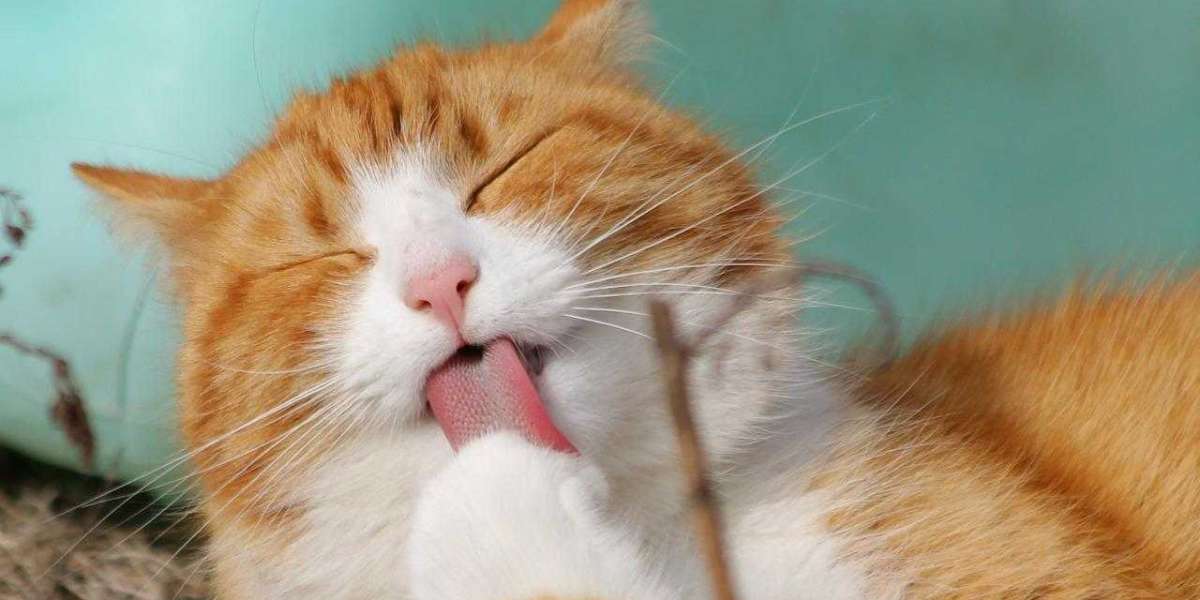Personalized t-shirts have become a popular fashion choice, allowing individuals to express their creativity and showcase their unique style. However, one common concern among consumers is the durability of the prints on personalized t-shirts printing, particularly after multiple washes and wear. In this article, we will explore the factors that influence the durability of prints on personalized t-shirts, examine the various printing techniques used, and provide tips on how to care for and maintain your custom t-shirts to ensure longevity.
Understanding Printing Techniques
Before delving into the durability of prints on personalized t-shirts, it's essential to understand the different printing techniques used in the custom apparel industry. The most common printing methods for personalized t-shirts include screen printing, direct-to-garment (DTG) printing, heat transfer printing, and sublimation printing. Each technique has its unique characteristics, advantages, and limitations when it comes to print durability.
Printing Techniques Overview:
- Screen Printing: This traditional method involves pushing ink through a stencil onto the fabric. Screen printing is known for its durability and vibrant colors, making it a popular choice for custom t-shirts.
- Direct-to-Garment (DTG) Printing: DTG printing involves printing designs directly onto the fabric using specialized inkjet printers. While DTG offers high-quality prints with intricate details, the durability of the prints may vary depending on factors such as ink type and fabric composition.
- Heat Transfer Printing: Heat transfer printing involves transferring designs onto the fabric using heat and pressure. While heat transfer prints can be durable, they may crack or peel over time, especially if not applied correctly.
- Sublimation Printing: Sublimation printing involves transferring designs onto the fabric using heat and special dyes that bond with polyester fibers. Sublimation prints are known for their durability and resistance to fading, making them ideal for vibrant and long-lasting designs.
Factors Affecting Print Durability
Several factors influence the durability of prints on personalized t-shirts, including the printing technique used, the type of ink and fabric, and the care and maintenance practices employed. Understanding these factors can help consumers make informed decisions when selecting custom t-shirts and caring for their garments to prolong print life.
Key Factors to Consider:
- Printing Technique: As mentioned earlier, different printing techniques have varying levels of durability. Screen printing and sublimation printing are generally more durable than DTG and heat transfer printing.
- Ink Type: The type of ink used in the printing process can significantly impact print durability. High-quality, fade-resistant inks are essential for long-lasting prints that withstand repeated washes and wear.
- Fabric Composition: The fabric composition of the t-shirt also plays a role in print durability. Natural fibers like cotton may be more prone to fading and wear over time compared to synthetic fibers like polyester, which are more resistant to fading and stretching.
- Care and Maintenance: Proper care and maintenance are crucial for prolonging the life of print on personalized t-shirts. Following manufacturer's care instructions, washing garments inside out, using gentle detergents, and avoiding harsh chemicals and abrasive materials can help preserve print integrity.
Evaluating Print Durability
To assess the durability of prints on personalized t-shirts, it's essential to consider several factors, including print quality, colorfastness, and resistance to fading, cracking, and peeling. Consumer reviews, product specifications, and testing by reputable manufacturers can provide valuable insights into the durability of custom t-shirts and help consumers make informed purchasing decisions.
Key Indicators of Print Durability:
- Colorfastness: The ability of the print to retain its color and vibrancy over time is an important indicator of durability. Prints that fade or lose color after a few washes may indicate poor ink quality or printing technique.
- Resistance to Cracking and Peeling: High-quality prints should maintain their integrity and remain intact, even after multiple washes and wear. Prints that crack or peel prematurely may be a sign of inferior ink or inadequate curing during the printing process.
- Longevity: Durable prints should withstand regular wear and tear, including friction, stretching, and exposure to sunlight and moisture, without significant deterioration in quality or appearance.
Tips for Maintaining Print Durability
Proper care and maintenance are essential for preserving the durability of prints on personalized t-shirts. By following these tips, you can extend the life of your custom t-shirts and ensure that prints remain vibrant and intact for years to come.
Care and Maintenance Tips:
- Follow Manufacturer's Care Instructions: Always follow the care instructions provided by the manufacturer to avoid damaging the print or fabric. Washing garments in cold water, using gentle detergents, and avoiding bleach and harsh chemicals can help preserve print integrity.
- Wash Garments Inside Out: Washing t-shirts inside out can help protect the print from friction and abrasion during the washing cycle.
- Avoid High Heat: High heat can cause prints to fade, crack, or peel. Avoid washing personalized t-shirts in hot water or drying them on high heat settings to prevent damage to the print.
- Air Dry Whenever Possible: Air drying garments is gentler on prints and fabrics compared to machine drying. Hang t-shirts to dry or lay them flat to avoid stretching or distorting the print.
- Store T-Shirts Properly: Store personalized t-shirts in a cool, dry place away from direct sunlight to prevent fading and deterioration over time.
Conclusion
In conclusion, the durability of prints on personalized t-shirts printing with logo depends on various factors, including the printing technique used, the type of ink and fabric, and the care and maintenance practices employed. By understanding these factors and following proper care instructions, consumers can ensure that prints remain vibrant and intact, even after multiple washes and wear. Personalized t-shirts offer a unique opportunity for self-expression and creativity, and with the right care, they can be enjoyed for years to come without compromising print quality or durability.







